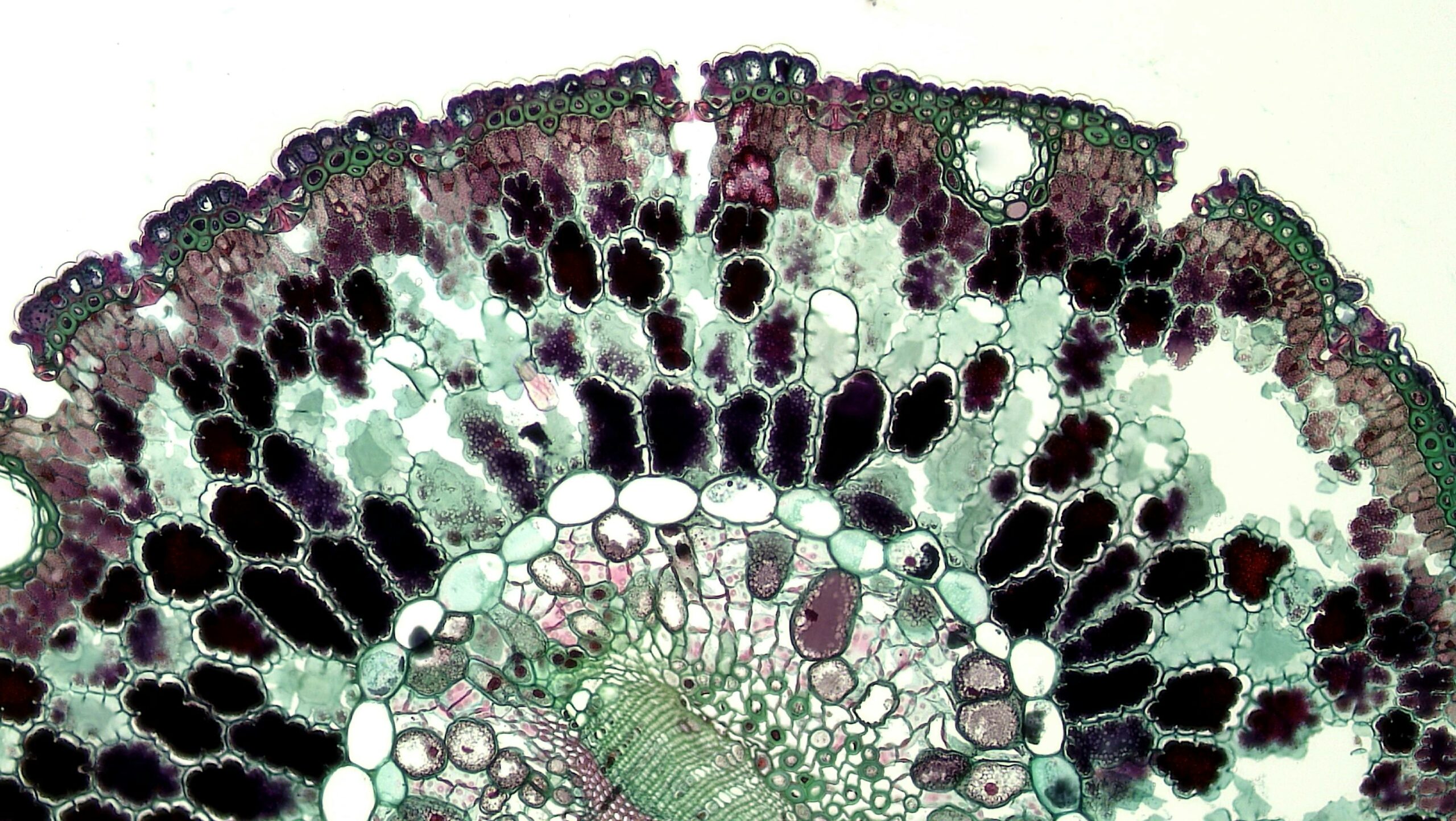Time: 2024-08-13
A newly developed timeline of early animal fossils reveals a link between sea levels , changes in marine oxygen , and the appearance of the earliest ancestors of present - day animals . The study shows clues into the forces that drove the evolution of the earliest organisms , from which all major animal groups descended . The research focused on a slice of time 580 - 510 million years ago , known as the Ediacaran - Cambrian interval , which witnessed an explosion of biodiversity according to fossil records.

The team from the University of Edinburgh studied rocks and fossils from this period , where early animals were sea - dwellers in a time when oxygen levels were much lower than today . The creatures in the Ediacaran Period started to become more complex , with multiple cells organized into body plans that allowed them to feed , reproduce , and move across the ocean floor . This era also marked the emergence of bilaterian animals , which display symmetrical body plans , similar to most present - day species.
By compiling data from different sources , including radioactive dating and geochemical information , the team mapped all major fossil finds and various environmental datasets onto a single timeline . The new chronology allowed the team to study trends in biodiversity for the period in question with more detail than before . The study confirmed a link between major changes in global sea levels , intervals when marine environments gained more oxygen , and the appearance and diversification of early animal groups.
The research also identified gaps in the fossil record , suggesting that current knowledge about early animals is biased by the clusters of sites worldwide where fossils have been found and studied . Dr. Fred Bowyer of the University of Edinburgh highlighted the importance of an integrated global approach in understanding early animal evolution . The team 's findings unlock new insights into the ancient forces and pressures that shaped the earliest life on Earth.
Scientists are delving into the origins of eukaryotes , such as plants and animals , which evolved from simple prokaryotic cells . Researchers from the Australian National University , the University of Bremen , and the Institut de Chimie de Strasbourg investigated the oldest evidence of eukaryotes in rocks to determine when they diverged from prokaryotes . By studying the degradation products of sterols found in sedimentary rocks , the team aimed to confirm the presence of eukaryotes in the oceans around 1.7 billion years ago.
The researchers found that the rock sample contained molecules associated with stabilizing eukaryote cell membranes against environmental stresses . Sterols in early eukaryotic organisms could have helped them survive extreme conditions , contributing to their adaptation and evolution . The team suggested that changing atmospheric conditions and the presence of oxygen in the environment played a role in the development and adaptation of eukaryotes.
The study highlights the potential for ecological stresses to transform cells at a fundamental level and the use of specific compounds unique to eukaryotes to identify them in ancient rock samples . Future research will focus on analyzing more rock samples to further investigate the origins and evolution of eukaryotes on Earth.